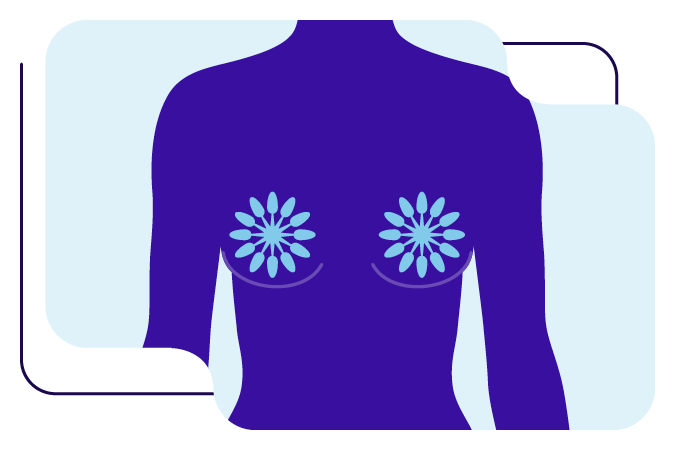Breast cancer
What is breast cancer? Find out how common breast cancer is, the causes, and expert advice on how to reduce your risk.

What is breast cancer? Find out how common breast cancer is, the causes, and expert advice on how to reduce your risk.
